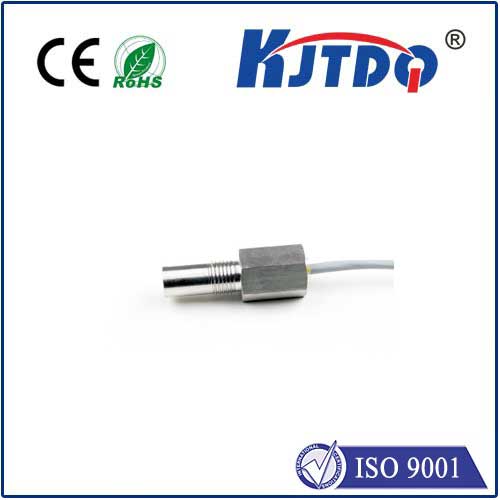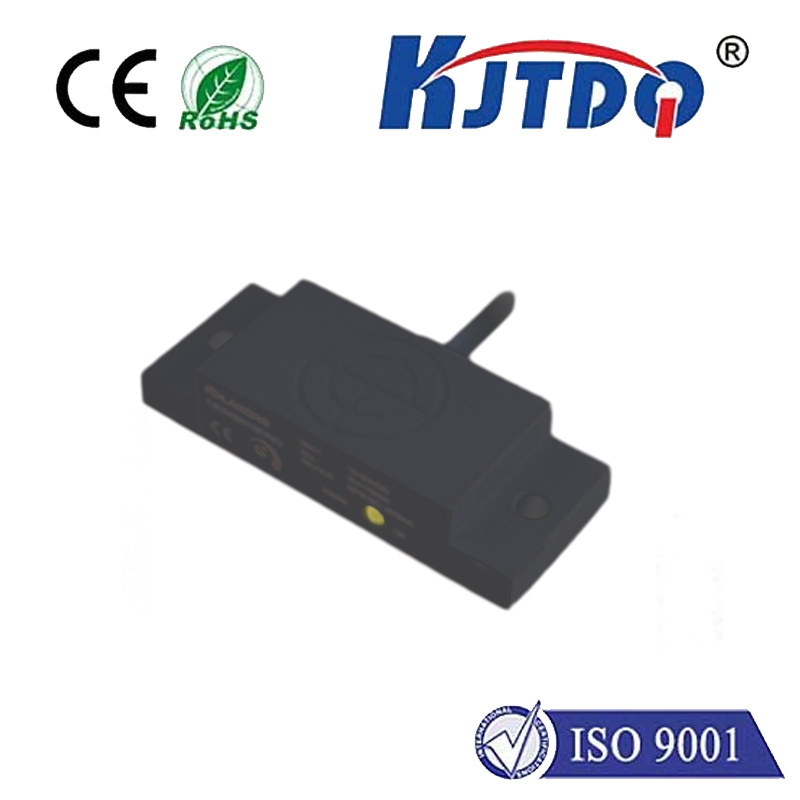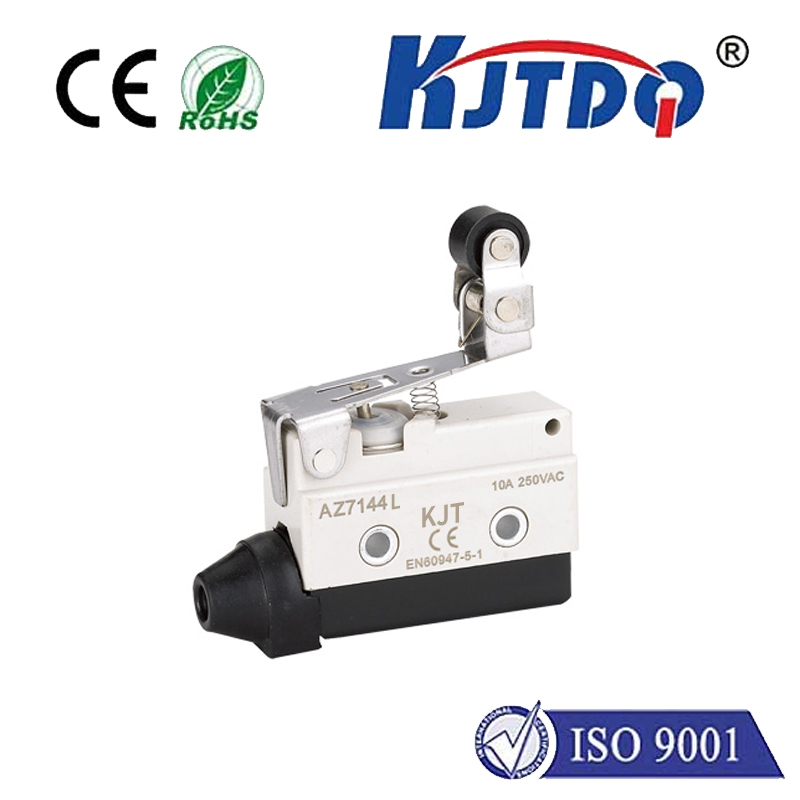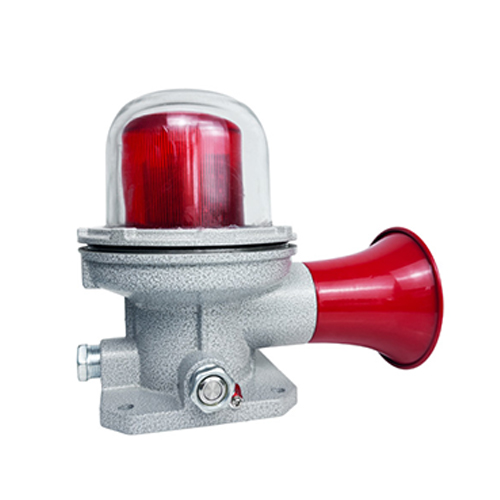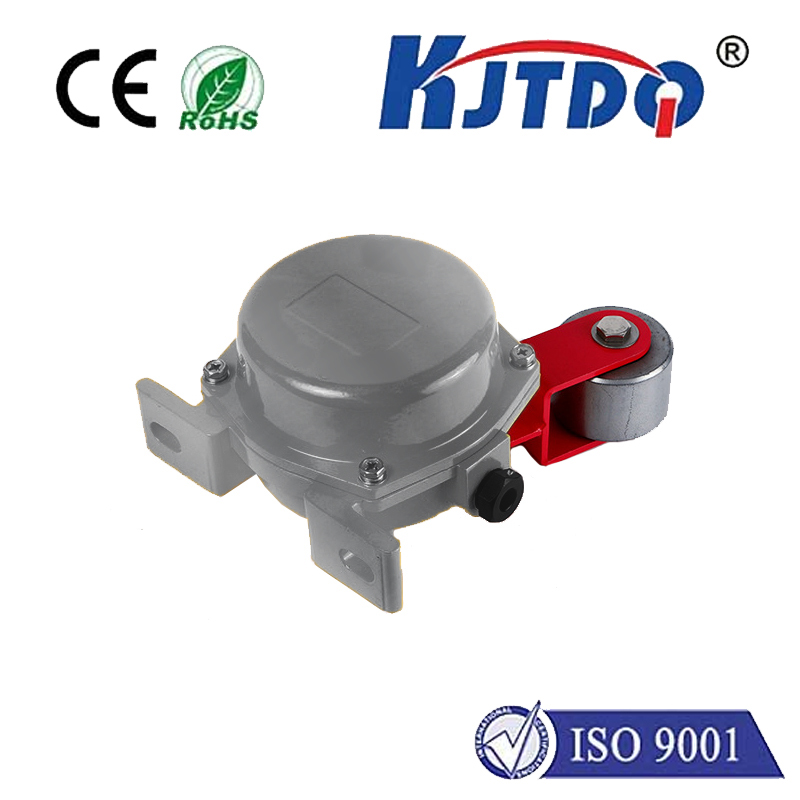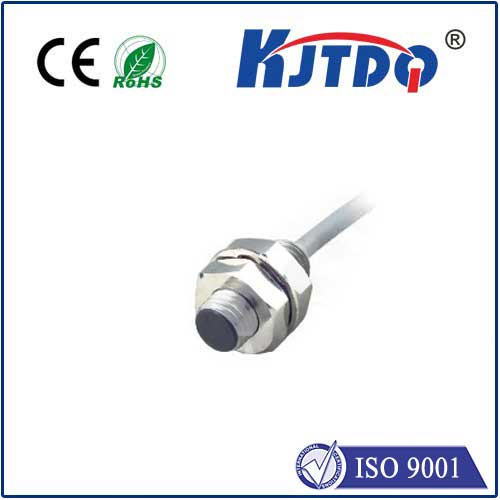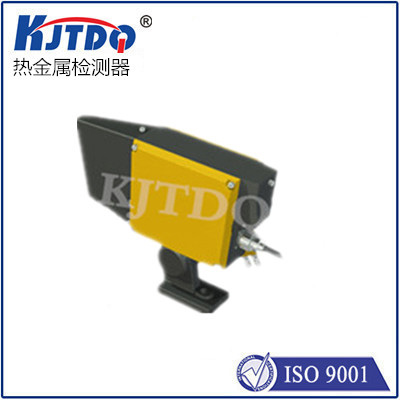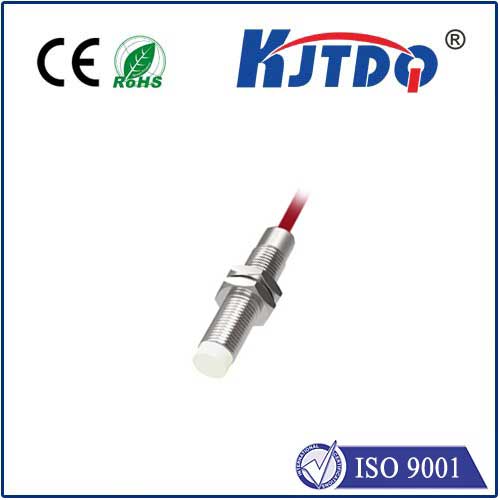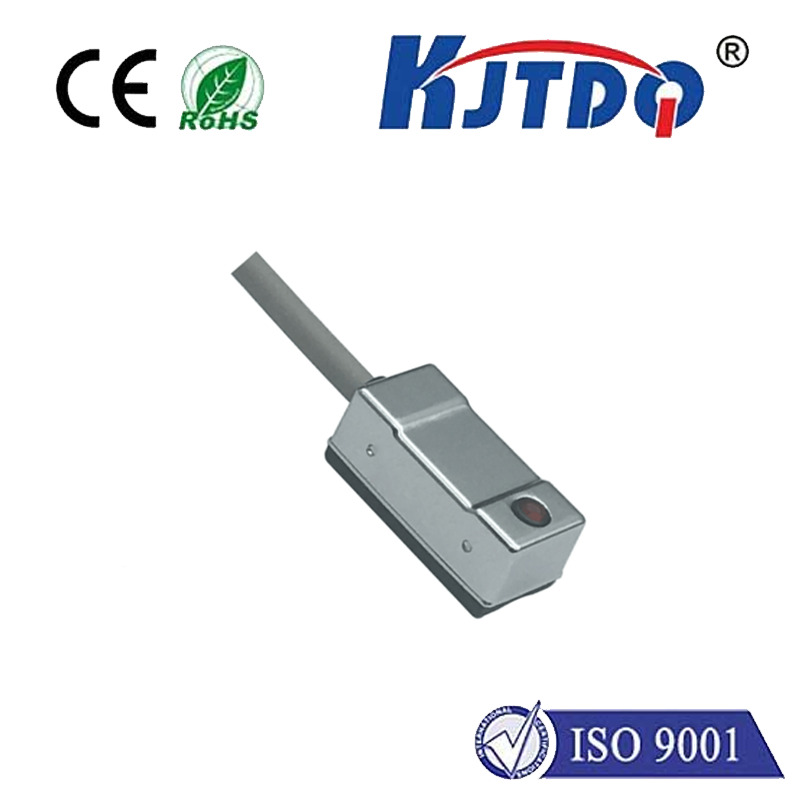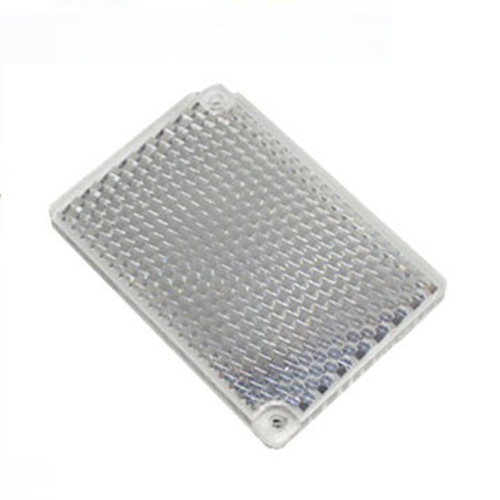laser thermal sensor
- time:2025-08-28 02:12:26
- Click:0
Laser Thermal Sensors: Precision Temperature Measurement Without Contact
Imagine monitoring the exact temperature of a rocket engine nozzle during a test fire, diagnosing an overheating electrical transformer before it fails, or precisely controlling the heat applied to delicate food products on a fast-moving production line. Performing these feats with traditional contact probes is often impossible, dangerous, or simply too slow. This is where the remarkable capabilities of laser thermal sensors come into sharp focus. Combining the pinpoint accuracy of laser targeting with the fundamental science of infrared thermometry, these devices unlock a world of non-contact temperature measurement critical for modern industry and research. Also widely known as infrared (IR) thermometers or pyrometers, laser thermal sensors are an indispensable tool for applications demanding speed, safety, and accuracy without physical interaction.
The Science Behind the Spot: How Laser Thermal Sensors Work
At their core, laser thermal sensors operate based on a simple, yet profound, principle: all objects above absolute zero emit infrared radiation, and the intensity and wavelength of this radiation are directly related to the object’s surface temperature. The sensor doesn’t measure the laser’s heat; instead, the integrated laser serves as a precise targeting guide. Here’s a breakdown of the process:
- Infrared Detection: An advanced optical system within the sensor collects the infrared energy radiating from the target surface.
- Spectral Filtering: Sophisticated lenses and filters focus the IR energy onto a specialized detector (common types include thermopile, photodetector, or microbolometer). These filters are crucial as they determine the specific wavelength range the sensor is sensitive to, optimized for different temperature ranges and materials.
- Signal Conversion: The detector converts the collected IR radiation into an electrical signal.
- Temperature Calculation: The sensor’s integrated electronics process this signal. Using the principles of Planck’s radiation law and Stefan-Boltzmann law, and applying calibration algorithms, it calculates the target’s surface temperature.
- Laser Targeting: A highly visible low-power laser diode (typically Class 2, eye-safe) is collimated with the sensor’s optics, projecting a dot or crosshair exactly onto the center of the measurement spot. This ensures the operator knows precisely where the temperature reading is being taken.
- Output: The calculated temperature is then displayed on the device and/or output via various interfaces (analog 4-20mA, voltage, digital like USB, RS232, Ethernet, or industrial protocols).
Unlocking Advantages: Why Choose Laser Thermal Sensors?

The non-contact nature of laser thermal sensors provides a constellation of benefits that traditional methods simply cannot match:
- Measure Moving or Inaccessible Objects: Monitor conveyor belts, rotating machinery (bearings, motors), high-voltage components, hazardous materials, or objects in vacuum chambers with ease and safety.
- Extreme Temperature Capability: Safely measure surfaces far too hot for contact probes (e.g., molten metal, furnaces, kilns, exhaust systems, turbine blades) or cryogenically cold surfaces.
- Prevent Contamination or Damage: Vital in sterile environments (pharmaceuticals, food processing) or when measuring delicate surfaces (paints, films, electronics, thin materials) that could be damaged or contaminated by a probe.
- Rapid Response Times: Detect temperature changes in milliseconds, enabling real-time process control and immediate fault detection crucial for high-speed manufacturing or critical systems monitoring. This is orders of magnitude faster than most contact sensors.
- No Wear and Tear: Since there’s no physical contact, the sensor doesn’t degrade over time due to abrasion or chemical exposure at the measurement point.
- Simplified Installation: Can be mounted at a distance without complex wiring to the hot spot, often simplifying system design and maintenance.
Diverse Applications: Where Laser Thermal Sensors Shine
The unique capabilities of laser thermal sensors make them invaluable across numerous sectors:
- Industrial Process Control & Monitoring: Continuously monitor and control temperatures in processes like plastic extrusion, molding, metal heat treating, glass production, and semiconductor fabrication (
wafer temperature monitoring) for consistent quality and yield optimization.
- Predictive Maintenance (PdM): Early detection of overheating components like electrical connections, transformers, switchgear, motor bearings, pumps, and compressors prevents costly unplanned downtime and catastrophic failures.
- HVAC & Building Diagnostics: Identify heat loss areas (poor insulation, air leaks), locate pipe blockages, diagnose underfloor heating issues, or check solar panel performance.
- Automotive & Aerospace: Engine testing (
exhaust manifold, brake disc temperatures), tire curing, cabin climate control testing, and monitoring critical aircraft components.
- Food & Beverage Processing: Ensure precise temperatures for cooking, baking, frying, pasteurization, sterilization, and cold chain monitoring (
freezer temperature checks) without contaminating product.
- Electronics & PCB Inspection: Detect overheating components, solder joint issues, or thermal runaway risks on densely packed circuit boards during design validation, manufacturing, or troubleshooting.
- Research & Development: Conduct non-invasive temperature measurements in experiments involving materials science, fluid dynamics, combustion studies, and biological samples.
Crucial Considerations for Accuracy
While powerful, lasaser thermal sensors require careful consideration of certain factors to ensure accurate readings:
- Emissivity: This is arguably the most critical parameter. Emissivity (ε) is the efficiency with which a surface emits IR energy compared to a perfect blackbody (ε=1). Shiny metals have low emissivity (e.g., polished aluminum ~0.05-0.1), while matte black surfaces have high emissivity (~0.95). Sensors must be set to the correct emissivity value for the target material; many models allow adjustable settings or come with built-in tables. Incorrect emissivity is a prime source of error.
- Field of View (FOV) & Spot Size: The measured area increases with distance. The sensor must be positioned so that the target completely fills the instrument’s spot size at the measurement distance. Most sensors specify a Distance-to-Spot (D:S) ratio (e.g., 50:1 means at 50cm distance, the spot is 1cm diameter). Choosing the correct D:S ratio is vital for targeting small objects.
- Environmental Conditions: Steam, dust, smoke, or intense ambient light can scatter or absorb IR radiation, affecting readings. Purge air fittings or protective sighting tubes are often used in harsh environments. Extreme sensor ambient temperatures may also require cooling or heating accessories.
- Reflective Surfaces: Measuring shiny metals or seeing reflections of hot objects can lead to significant errors. Strategies include using low-emissivity settings, applying high-emissivity tape or paint to the target, angling the sensor, or using sensors with short wavelengths better suited for low-ε materials.
- Windows: Measuring through glass or plastic (which is often opaque to IR) requires special IR-transparent windows (e.g., Germanium, Zinc Selenide) and correct emissivity compensation for the window itself.
The Future is Focused: Advancements and Trends
The field of laser thermal sensors continues to evolve rapidly:
- Enhanced Precision & Range: Improvements in detector sensitivity and stability are pushing the boundaries of accuracy and enabling measurement of extremely low and high temperatures with greater fidelity.
- Multi-Wavelength Pyrometers: Sensors using two or more wavelengths can better compensate for emissivity variations and the presence of obscuring media (dust, steam), significantly improving accuracy in challenging applications.
- Miniaturization & Smart Sensors: Smaller, more robust sensor designs are enabling integration into tighter spaces and increasingly complex machinery. Integrated intelligence allows for onboard






